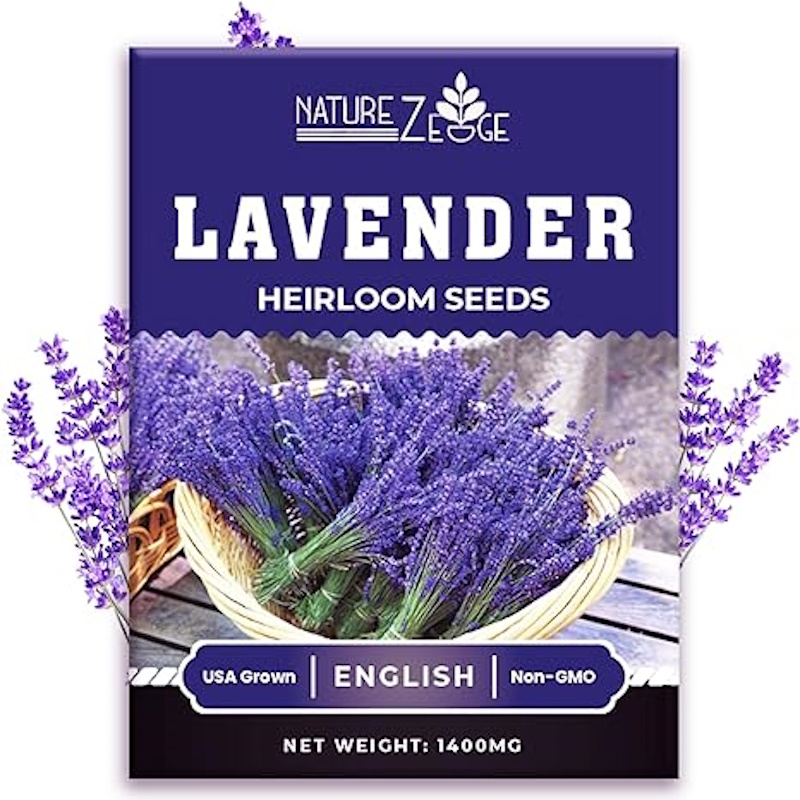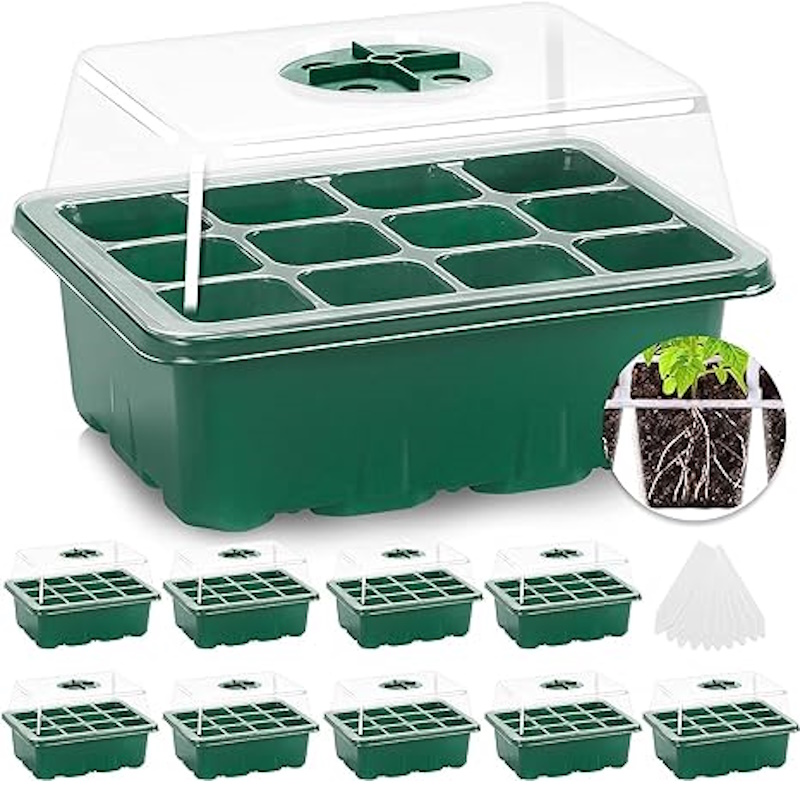How to plant lavender seeds – expert tips for successful sowing
Collecting and planting lavender seeds is a great way to multiply your plants for an abundant summer display
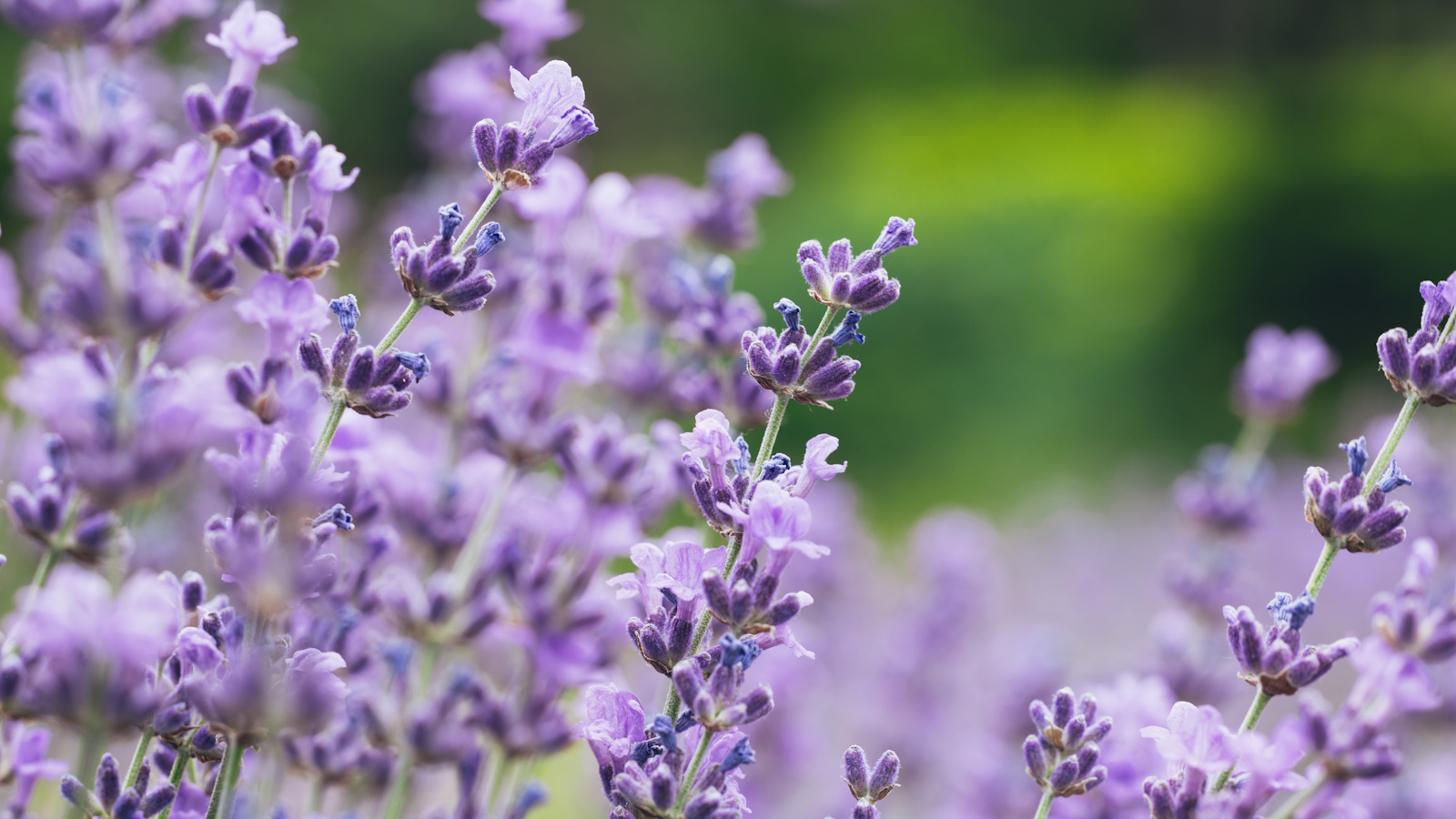
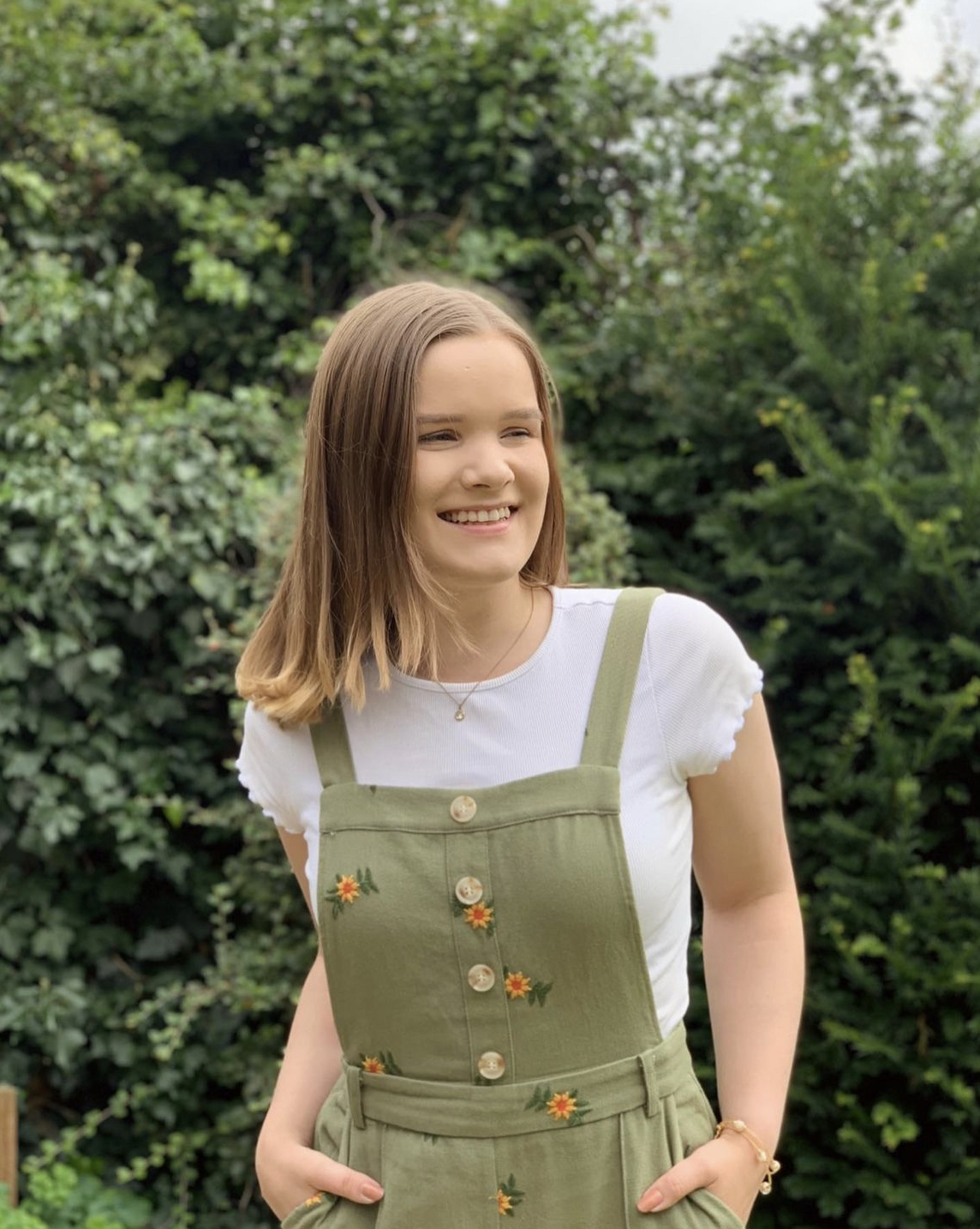
While it's common to buy already-established lavender plants, it is also possible to grow lavender from seed. Doing so can be a fun activity and a good way to use any seeds from your existing lavender plants for a doubled display next summer.
You can harvest lavender seeds after they have finished flowering at the end of summer. If you live in US hardiness zone 5 to zone 10, planting seeds is a simple and free way to propagate lavender for an abundant purple display the following year.
There are a few things to keep in mind when planting lavender seeds if you want successful germination. Here's what experts told us about how to plant lavender seeds.
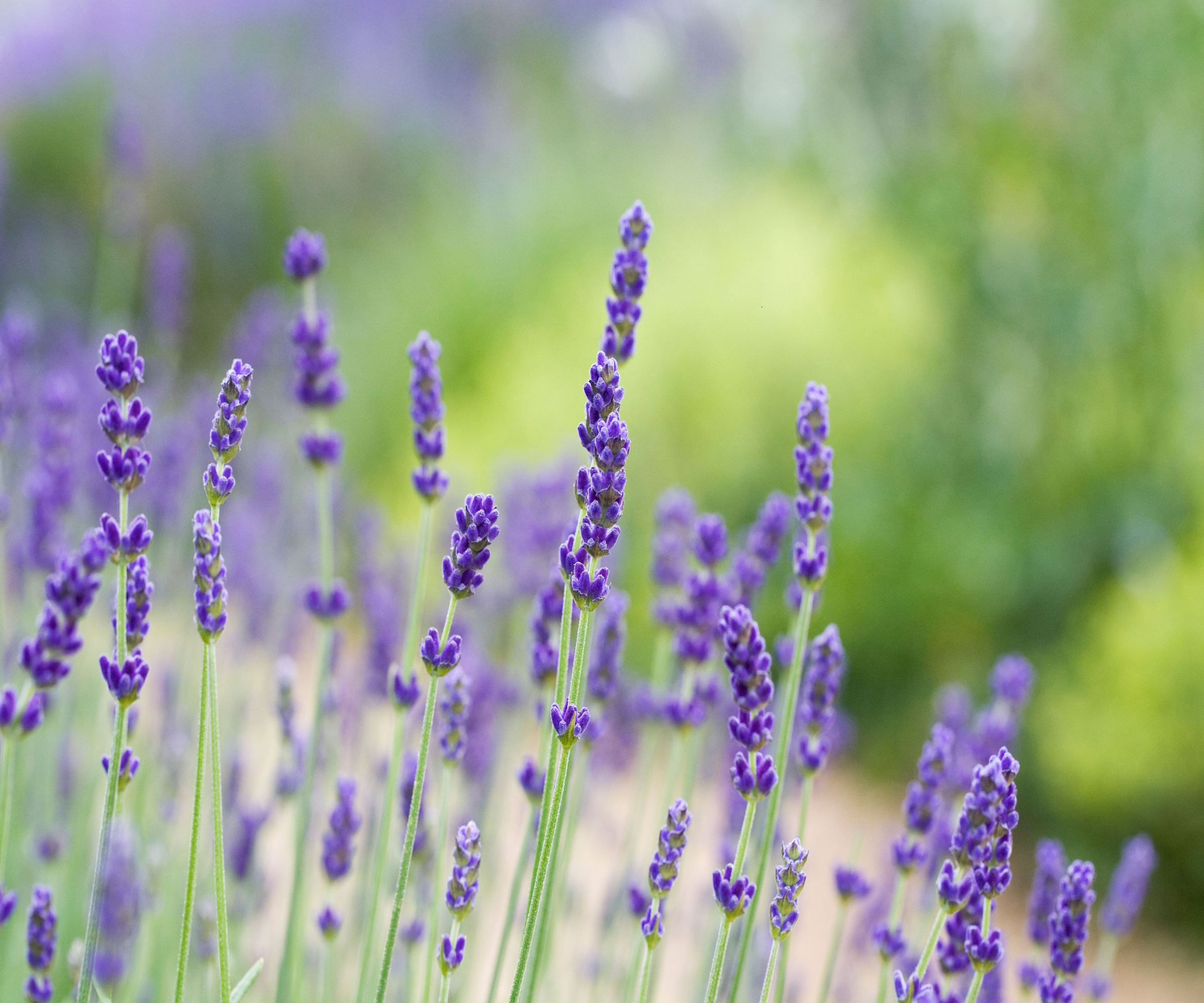
The best way to plant lavender seeds for sucessful germination
Lavender is a garden staple thanks to its easy growing habit, and tolerance of poor soil. But did you know you can collect seeds from existing plants and use them to double your lavender display for free? Here's all you need to know for successful growing.
Prepare your lavender seeds before planting
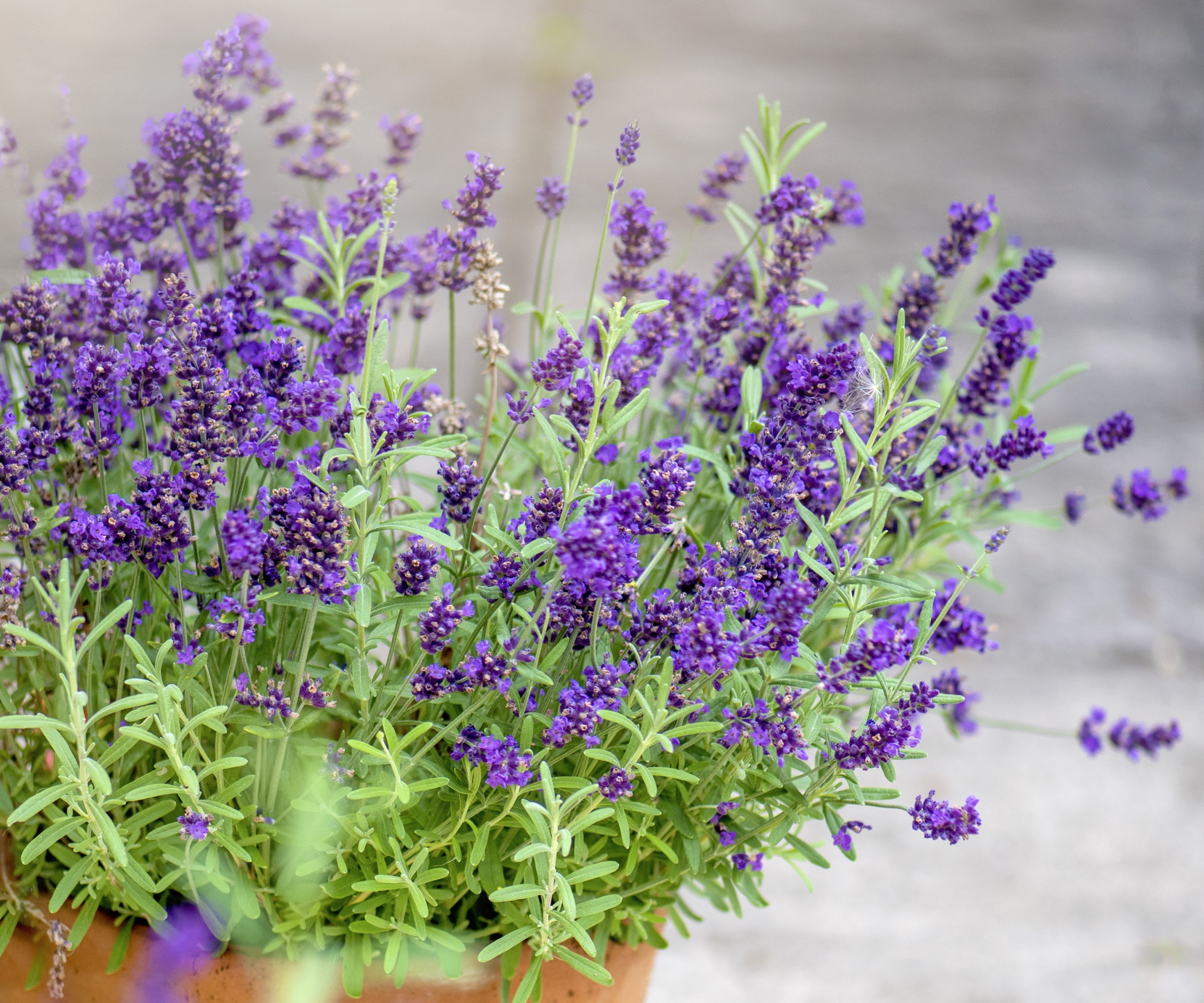
'Growing lavender from seed may not be the most common way to propagate this popular plant, but it is perfectly doable and there are just a few little hurdles to overcome for success,' says Drew Swainston, former professional gardener and content editor at Homes & Gardens.
The key to success with sowing seeds indoors is ensuring they are in the right condition to germinate. 'The first important step is to give seeds a period of cold stratification ahead of planting them. This means subjecting the seeds to a period of cold for a few weeks, which will encourage them to follow their natural life cycle and improve the likelihood of germination,' says Drew. 'To do this, place the seeds in some moist soil in a ziplock bag in the refrigerator,' he adds.
Knowing when to plant lavender can make all the difference, so you should aim to sow lavender seeds after a few weeks of cold stratification. 'It's better to start it indoors roughly 12 weeks before the last frost,' notes Veronica Sparks, garden and homesteading expert from Homesteading Suburbia.

Drew qualified as a journalist and wrote for many websites and publications, before studying for a horticulture qualification. He worked as a professional gardener for several years, specializing in kitchen gardening. He's now bringing his expertise and passion to Homes & Gardens as a member of our team.

Veronica has a passion for helping homeowners navigate complex spaces. Veronica began a homesteading and gardening blog with a strong emphasis on sustainability and self-sufficiency for suburban homeowners. She has also contributed to a range of publications on topics of home repairs, gardening and more.
Provide the right conditions for seed germination
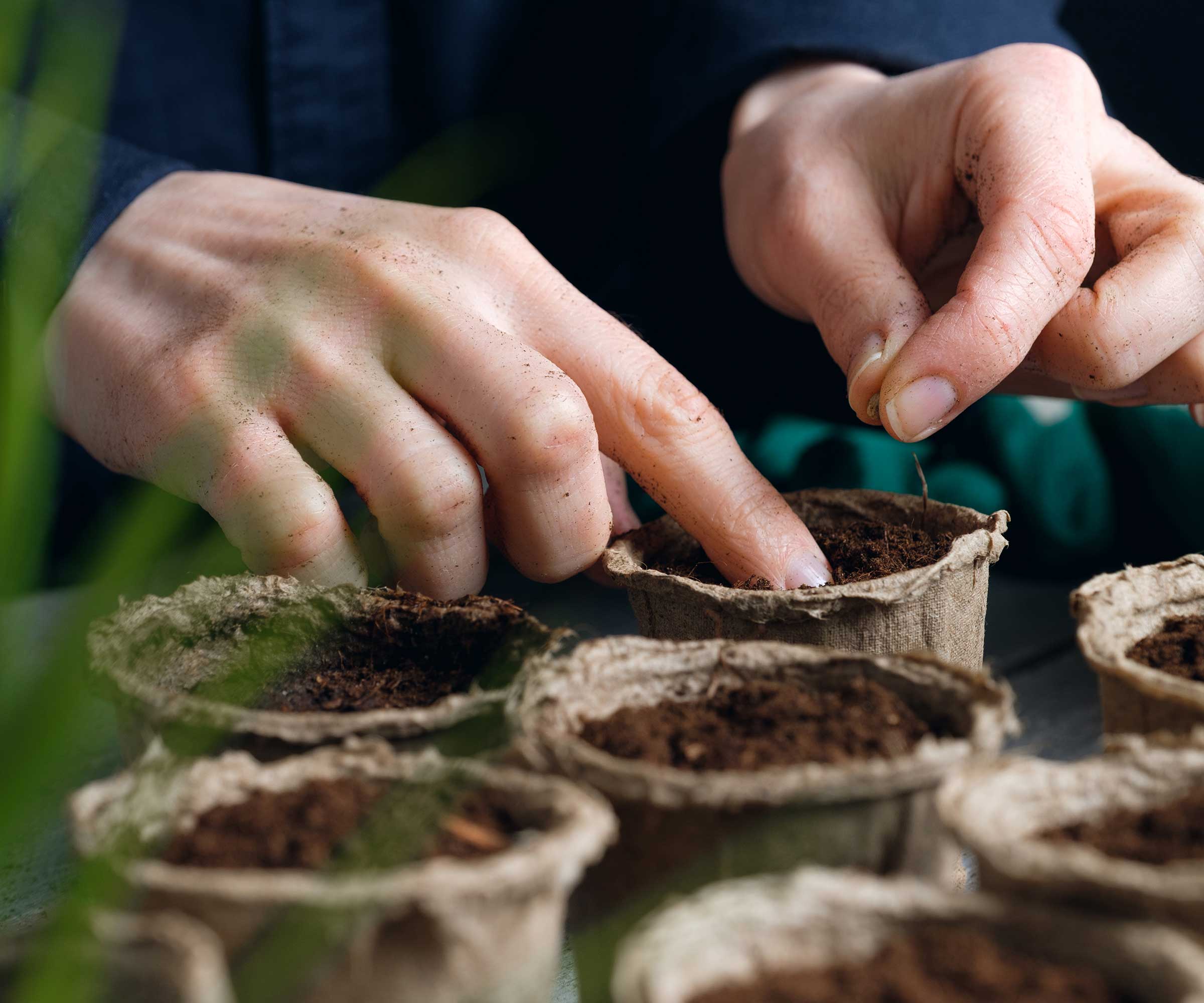
You can sow your lavender seeds onto the surface of compost and cover with a thin layer of compost. 'Lavender seeds want light to germinate so do not cover them with too much,' notes Drew.
Keep them somewhere warm to encourage germination. 'Somewhere between 70-75°F,' says Drew. 'The soil should be kept moist, but not waterlogged,' he adds. You might find a DIY indoor greenhouse useful for germination, but take care to provide air circulation so that the soil doesn't hold on to excess moisture - a common seed sowing mistake that risks failed germination or even killing off seedlings.
'Lavender seeds do take their time to germinate and can take up to a month before you’ll see the first signs of life,' Drew notes.
Plant lavender seeds at home
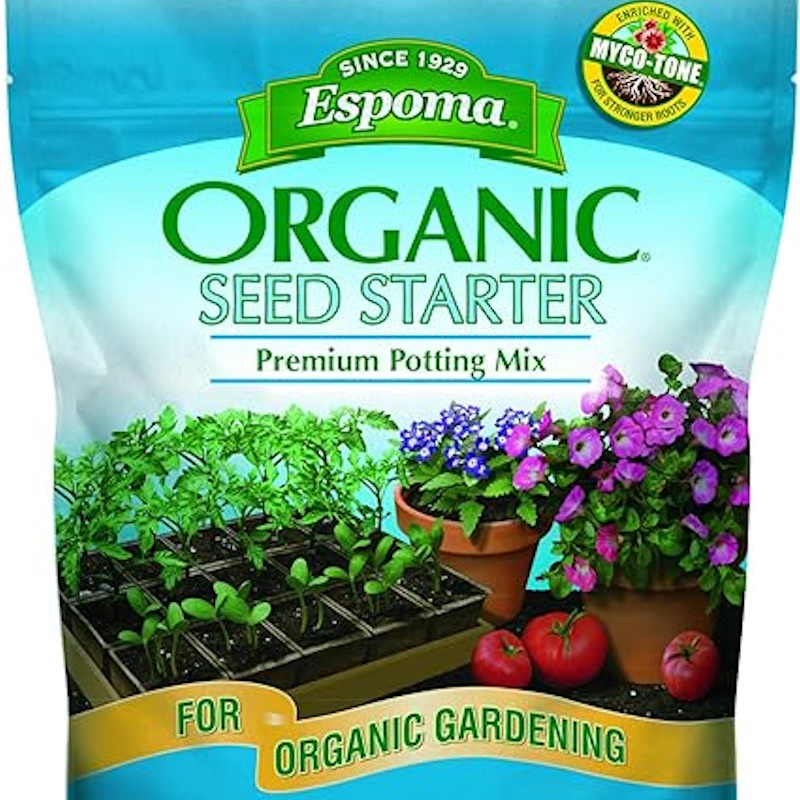
This potting soil blend is made to help seedlings and cuttings develop roots.
FAQs
When should I transplant lavender seedlings?
Lavender seedlings will start appearing after around a month of the seeds being planted. It's best to then transplant lavender outdoors when the weather warms up in spring, after the risk of late frost has passed - around 12 weeks after planting your seeds is when the seedlings should be larger enough to plant up.
Planting lavender seeds is simple to do and with the right care, you can encourage seedlings to grow. Within just a few weeks, you'll have lavender seedlings ready to grow outdoors for a vibrant, summer display.
Read up on how to winterize lavender so you can keep your plants in a healthy condition through the colder months.
Sign up to the Homes & Gardens newsletter
Design expertise in your inbox – from inspiring decorating ideas and beautiful celebrity homes to practical gardening advice and shopping round-ups.

Tenielle is a Gardens News Writer at Homes & Gardens. She holds a qualification in MA Magazine Journalism and has over six years of journalistic experience. Before coming to Homes & Gardens, Tenielle was in the editorial department at the Royal Horticultural Society and worked on The Garden magazine. As our in-house houseplant expert, Tenielle writes on a range of solutions to houseplant problems, as well as other 'how to' guides, inspiring garden projects, and the latest gardening news. When she isn't writing, Tenielle can be found propagating her ever-growing collection of indoor plants, helping others overcome common houseplant pests and diseases, volunteering at a local gardening club, and attending gardening workshops, like a composting masterclass.
-
 Step up your pool cleaning routine with Beatbot AquaSense 2 Ultra
Step up your pool cleaning routine with Beatbot AquaSense 2 UltraCelebrate National Pool Opening Day by saving up to $618 on a luxurious pool cleaning solution from Beatbot.
By Sponsored
-
 Isabella Rossellini's kitchen defines 'pantry perfection' – her sleek storage method is one of the most beautiful ways to bring order to your shelves
Isabella Rossellini's kitchen defines 'pantry perfection' – her sleek storage method is one of the most beautiful ways to bring order to your shelvesA custom Chilean applewood pantry lines the walls of the Conclave actress's kitchen – you can tap into her stunning technique from $42
By Megan Slack
-
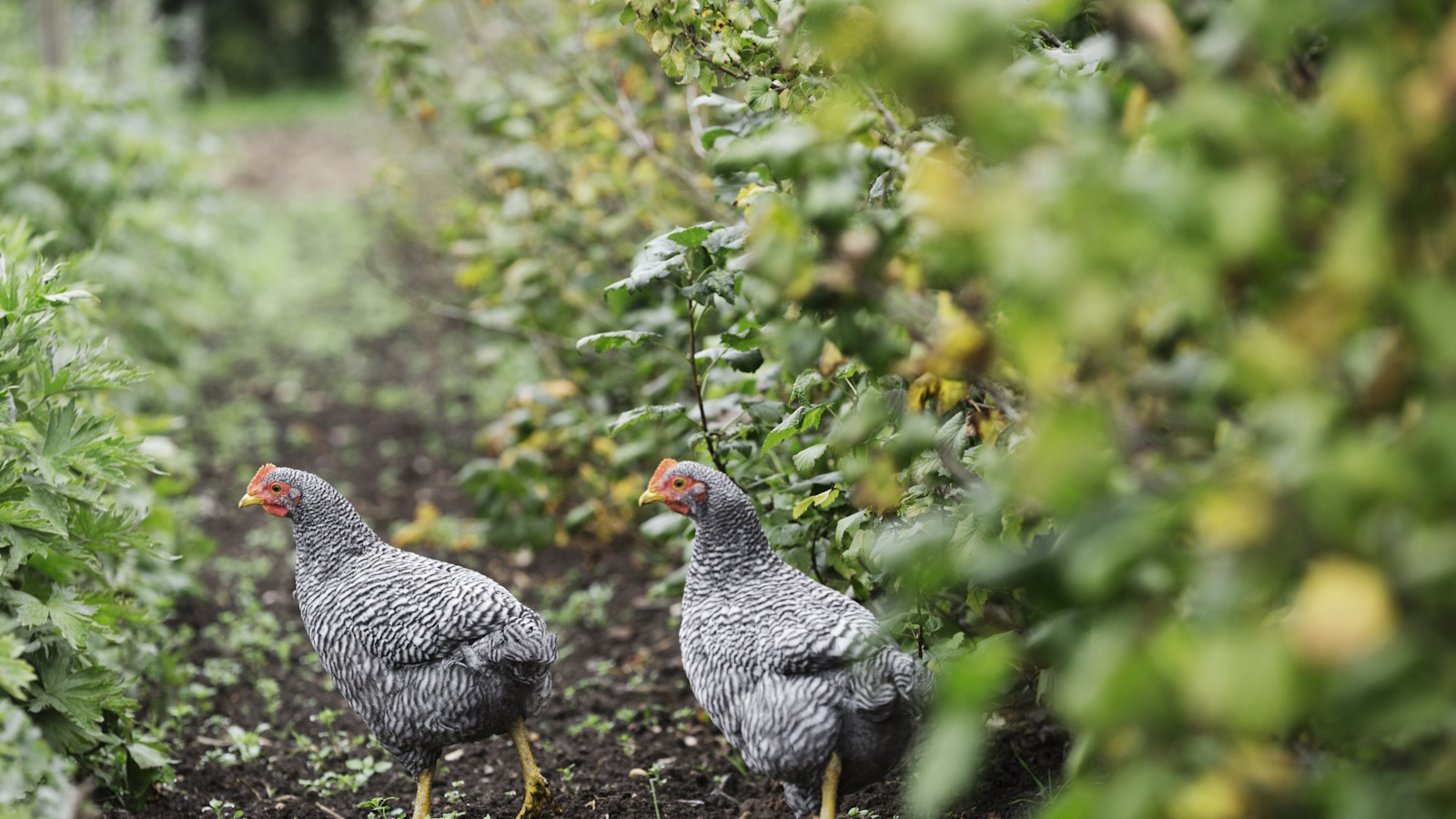 Best plants for a chicken run – 7 fragrant and floral plants for happy hens and beautiful coops
Best plants for a chicken run – 7 fragrant and floral plants for happy hens and beautiful coopsYour chicken run can be every bit as beautiful as your own garden, so long as you do your research first
By Kayleigh Dray
-
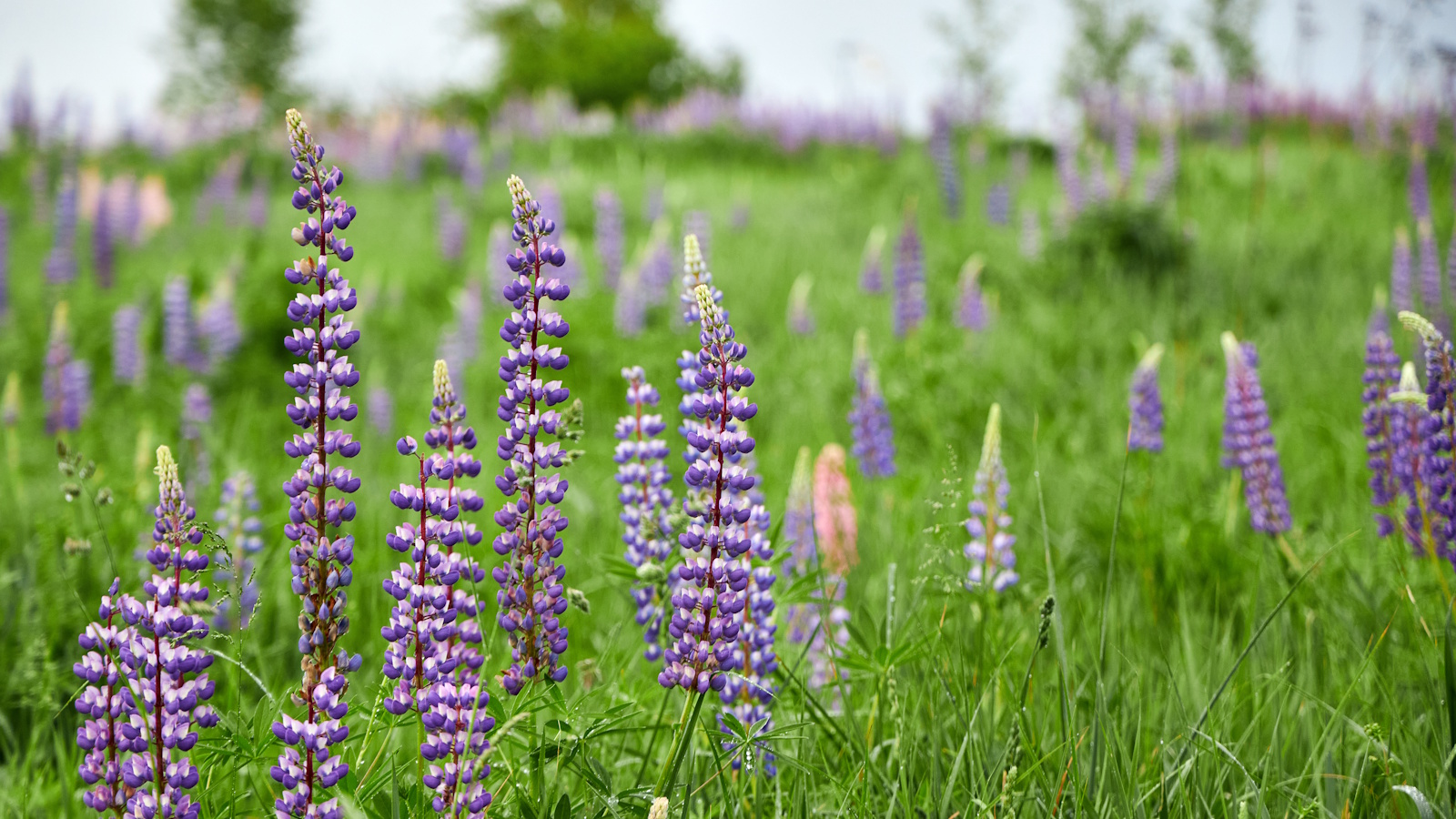 How to grow lupine – expert advice on growing this dramatic and vibrant cottage garden flower
How to grow lupine – expert advice on growing this dramatic and vibrant cottage garden flowerVibrantly colored flower stalks make swathes of lupines a sight to see in meadows and cut flower gardens alike
By Ellen Wells
-
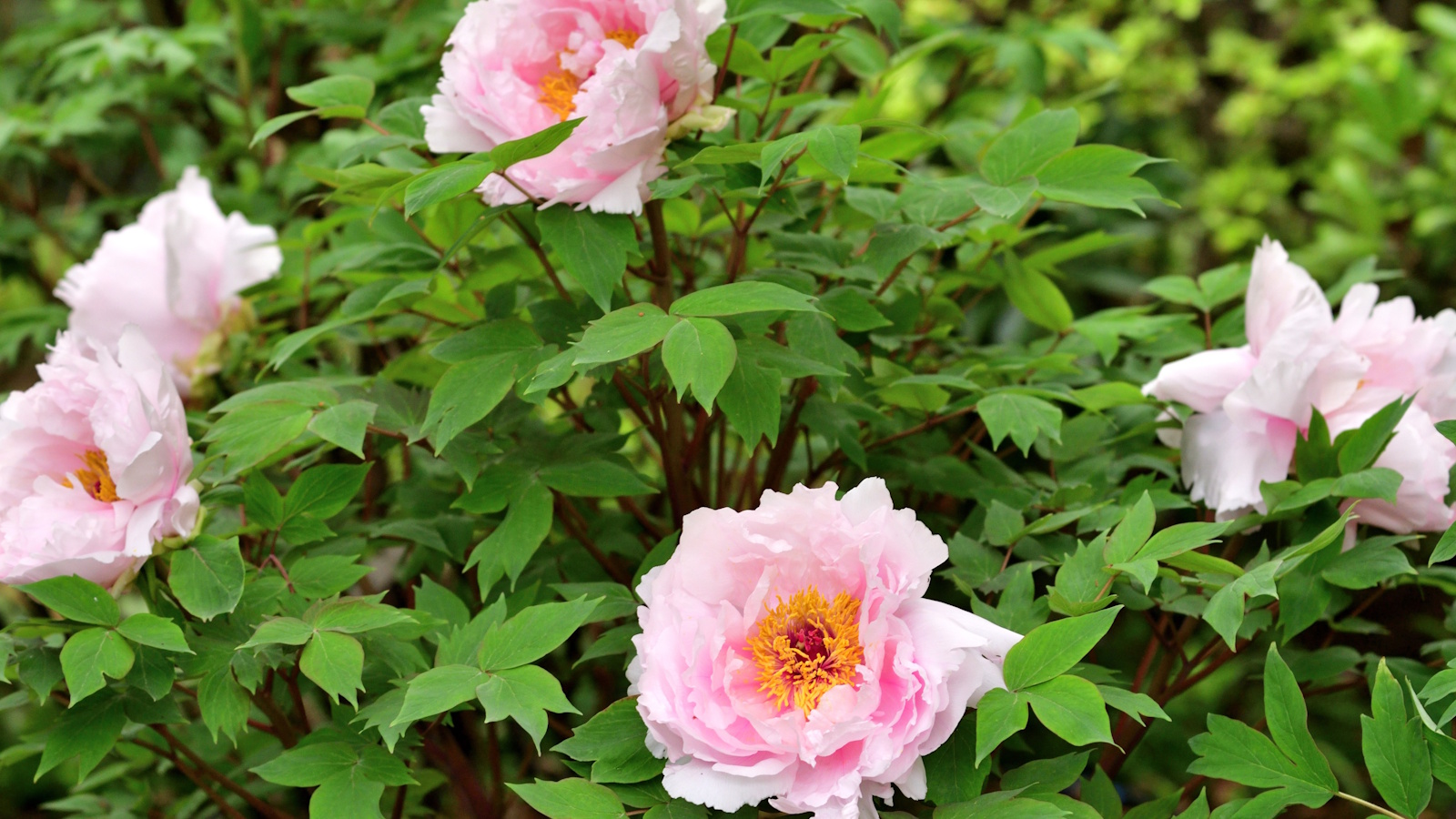 How to grow tree peonies in pots – for a show-stopping shrub that will thrive in partially shaded yards
How to grow tree peonies in pots – for a show-stopping shrub that will thrive in partially shaded yardsWith large, saucer-like blooms, tree peonies are the ultimate flowering shrub
By Thomas Rutter
-
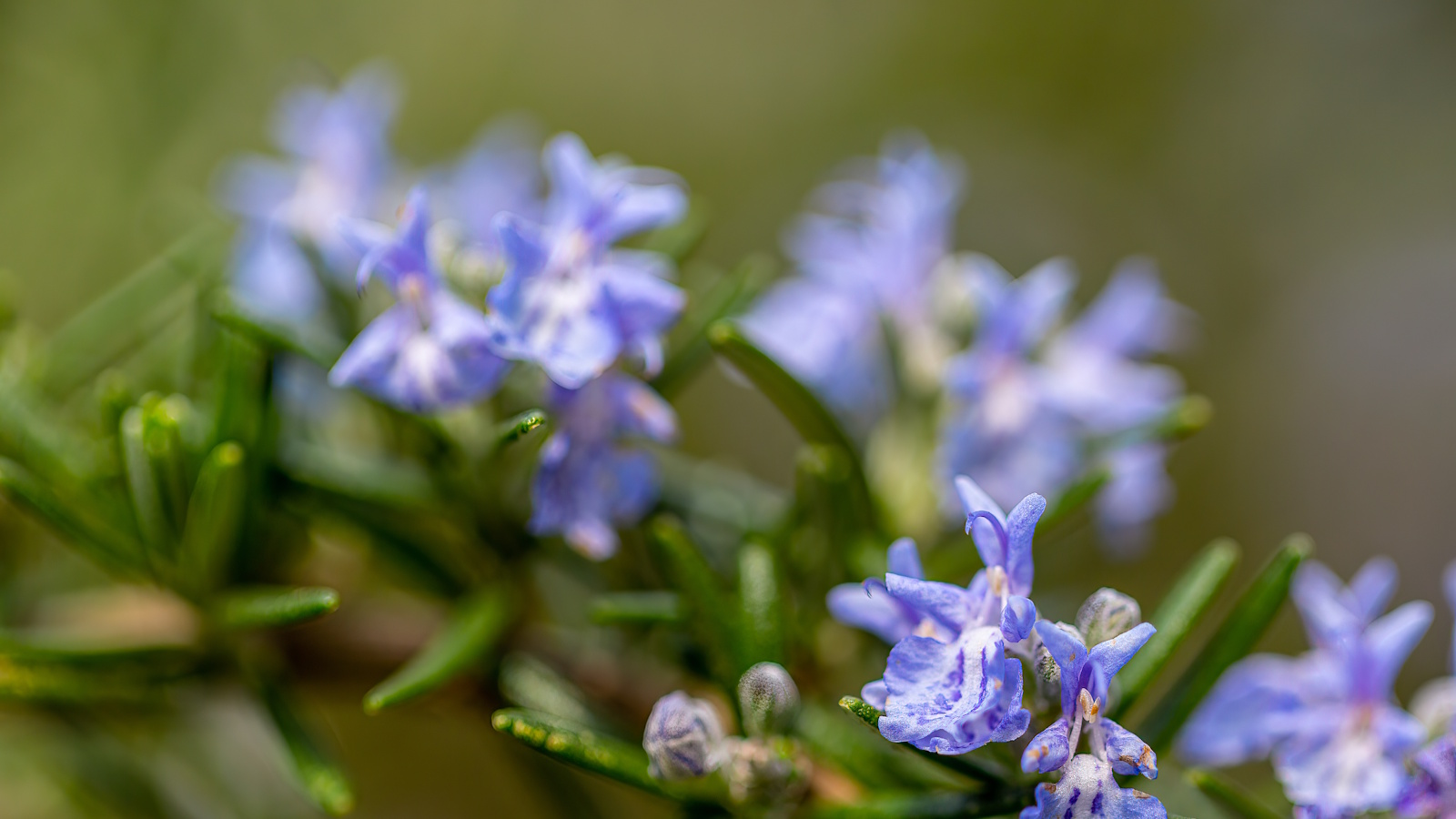 Can you revive woody rosemary plants? Expert pruning advice from a professional gardener to save old, leggy herbs
Can you revive woody rosemary plants? Expert pruning advice from a professional gardener to save old, leggy herbsWith the right pruning approach, old and woody rosemary plants can be brought back to life
By Thomas Rutter
-
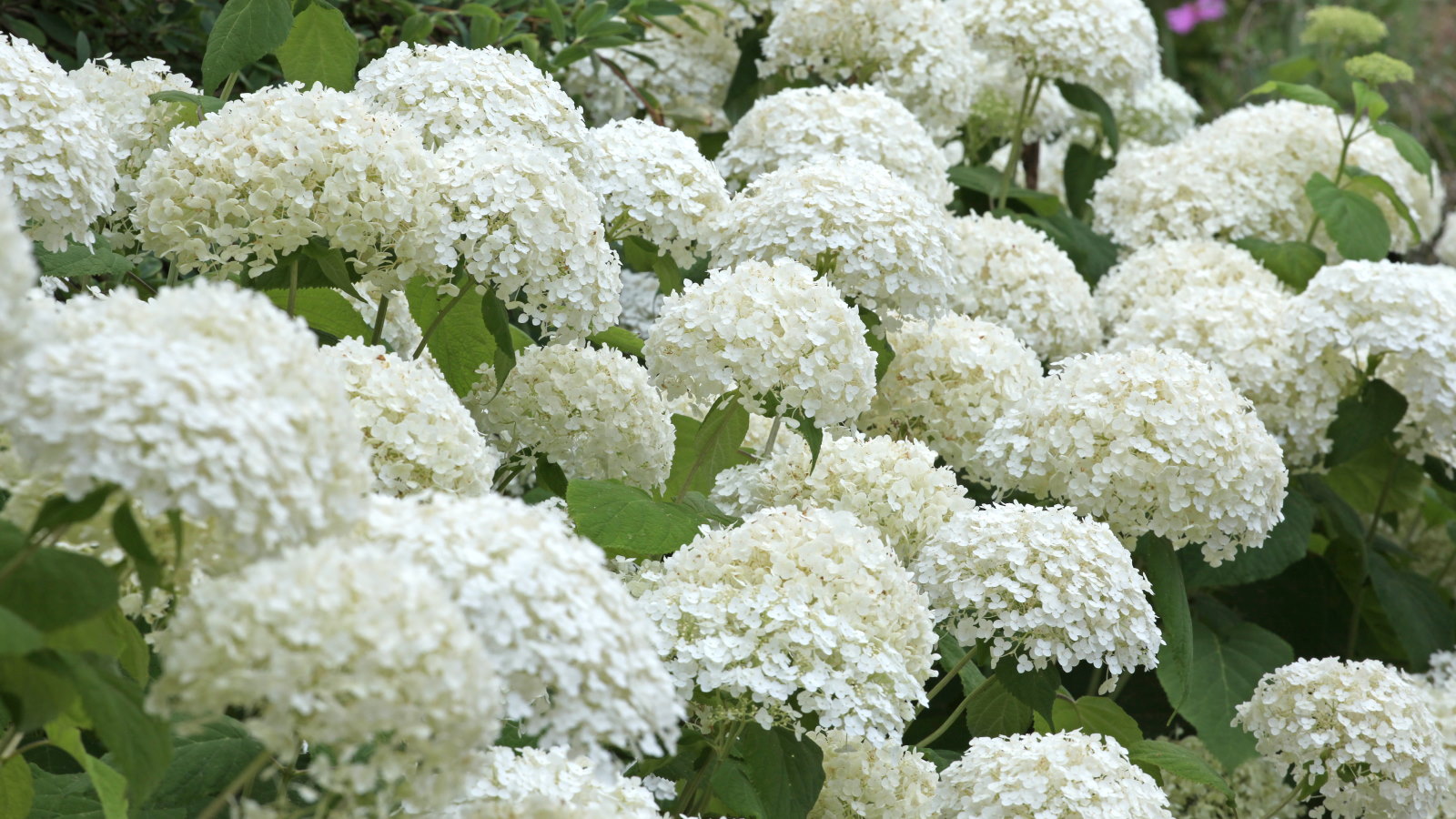 Your hydrangeas will flourish with bigger blooms and healthier growth thanks to this 1 natural material that is easy to use
Your hydrangeas will flourish with bigger blooms and healthier growth thanks to this 1 natural material that is easy to useDiscover why you should be using leaf mold to mulch hydrangeas
By Drew Swainston
-
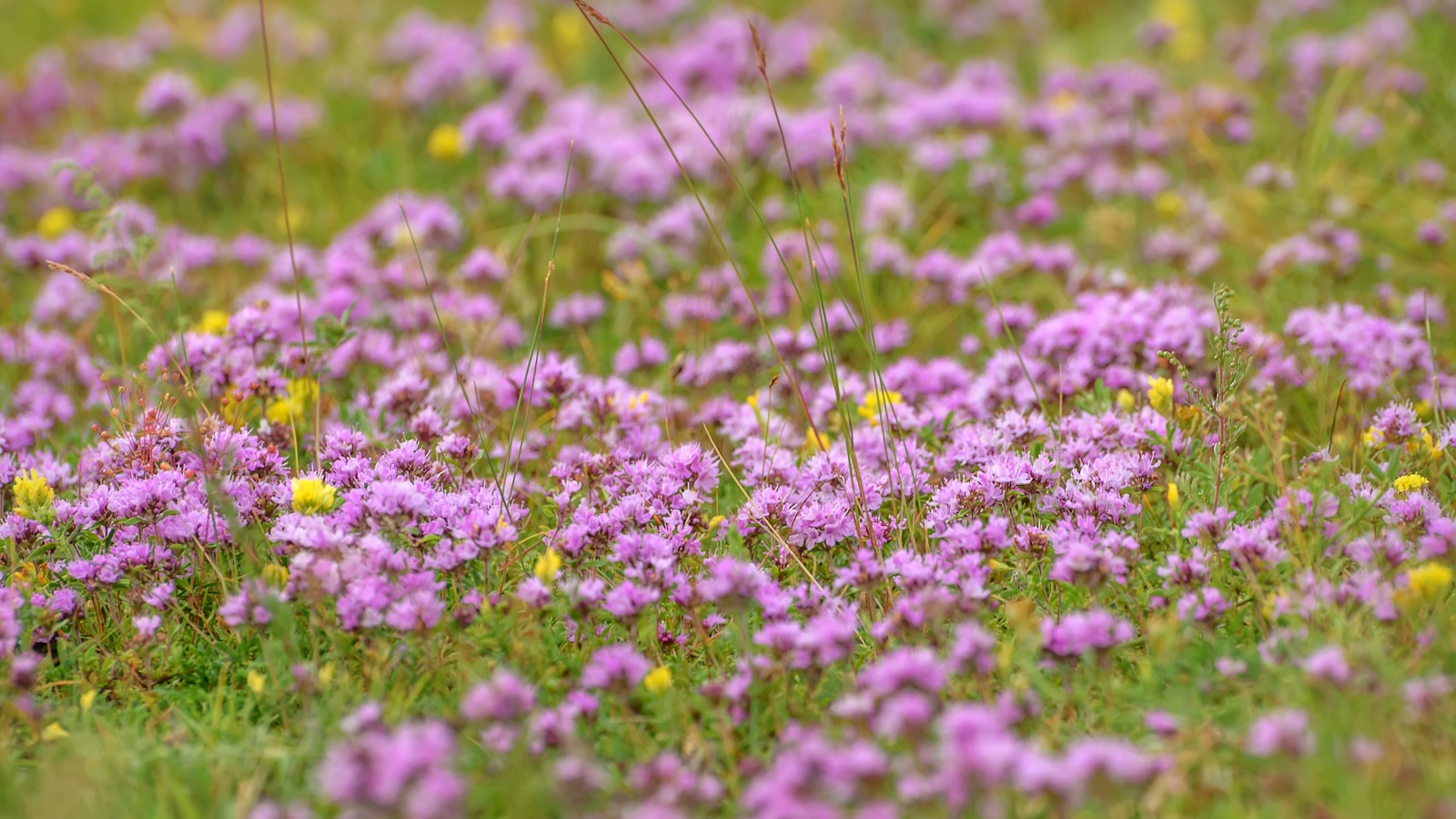 5 fast-growing tiny flowers – expert recommendations to fill your pots and borders with color in record time
5 fast-growing tiny flowers – expert recommendations to fill your pots and borders with color in record timeThese fast-growing tiny flowers prove that miniature can also be marvelous
By Thomas Rutter
-
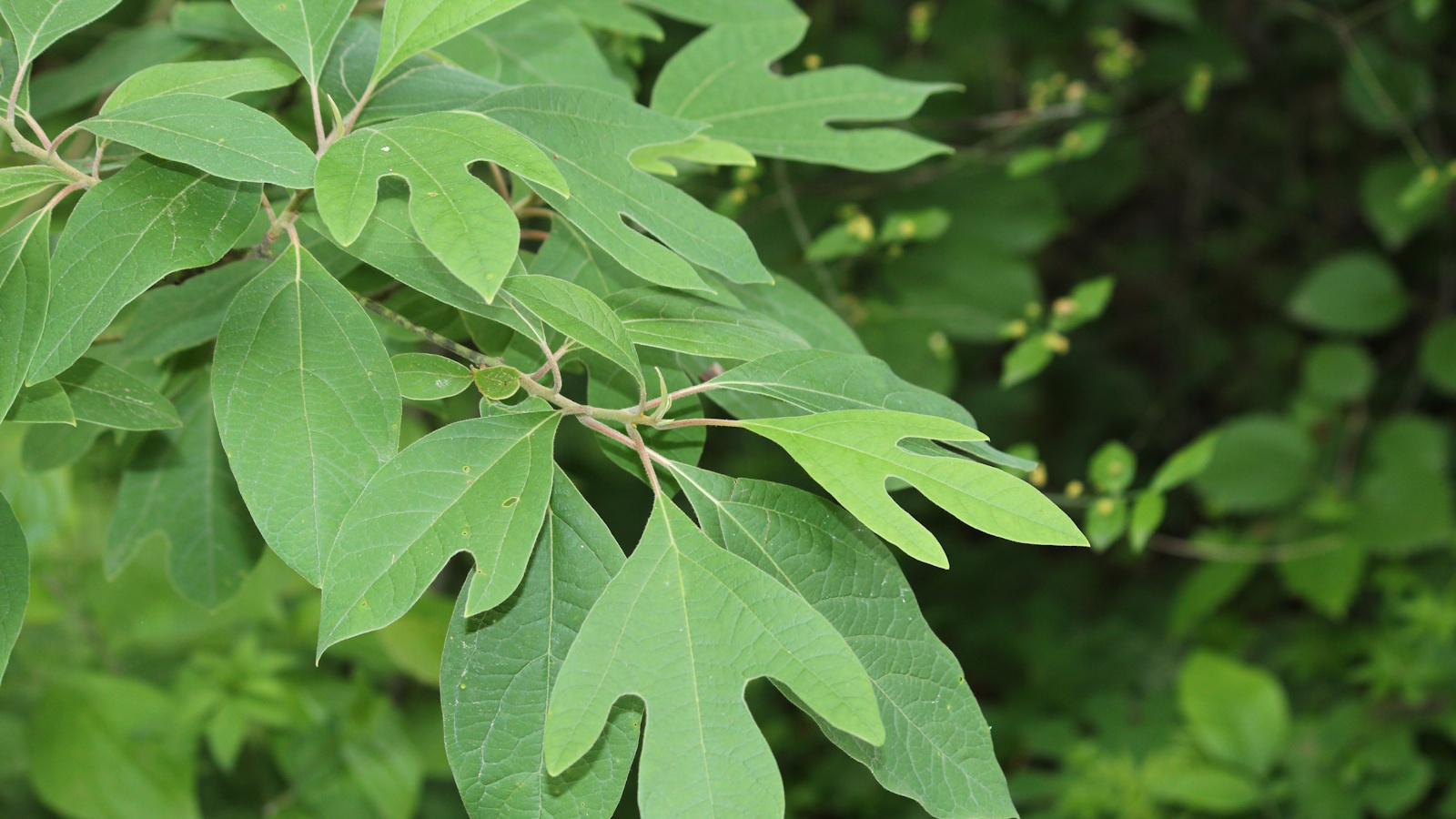 How to grow sassafras – for a low-maintenance native tree that can even be planted in shady yards
How to grow sassafras – for a low-maintenance native tree that can even be planted in shady yardsFor an easy-to-grow North American tree, you will not find much better than sassafras
By Thomas Rutter
-
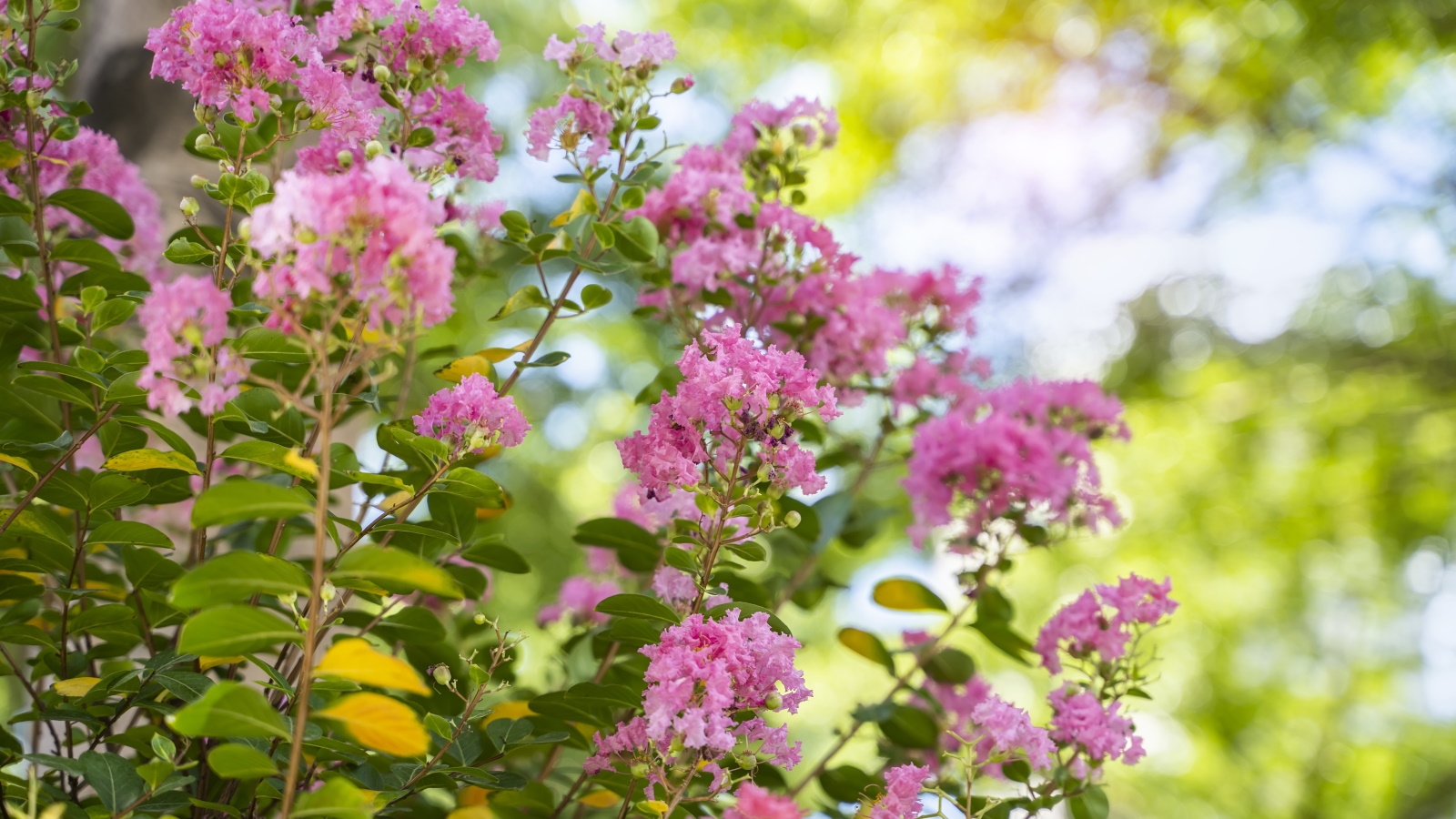 How to grow crepe myrtle in pots – and transform even the smallest of yards with dazzling flowers this summer
How to grow crepe myrtle in pots – and transform even the smallest of yards with dazzling flowers this summerGrowing crepe myrtles in pots will inject splashes of brilliant color into your outside space
By Thomas Rutter
